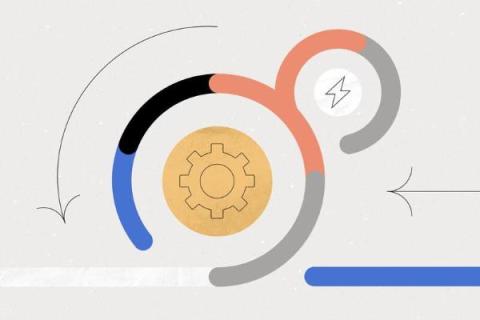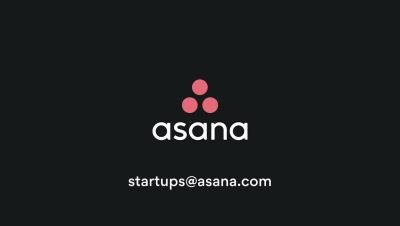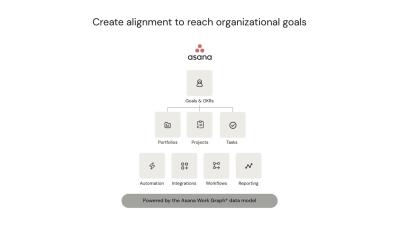5 innovative ways to encourage AI adoption in your org
In the evolving landscape of AI, sticking strictly to the traditional playbook is unlikely to yield the best results. Integrating new technology like AI into your business operations is often met with resistance. It's human nature—we're generally wary of change. To truly get your employees on board with AI, you'll need to think differently. Flipping the script on conventional wisdom could be the catalyst you need for change.











